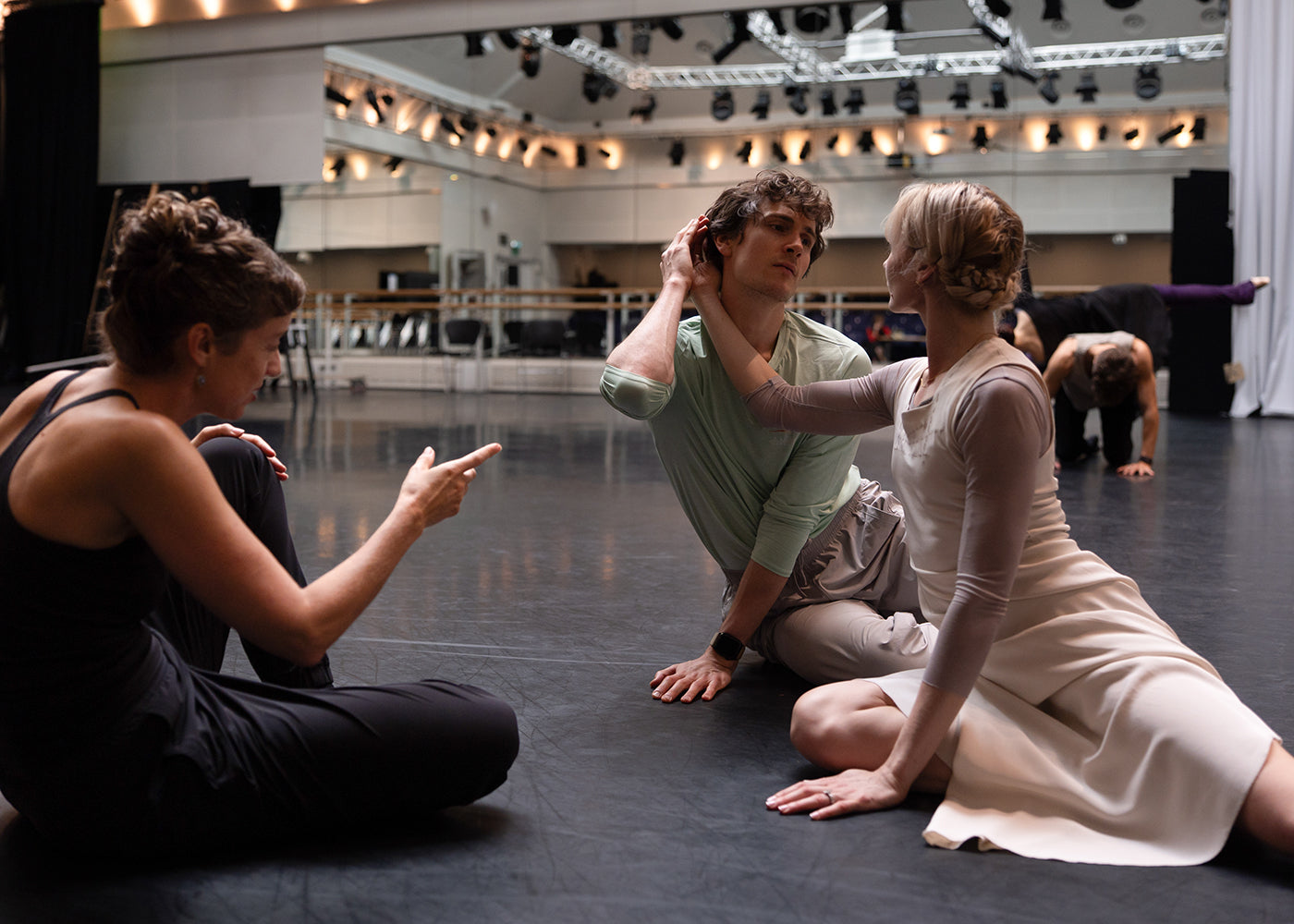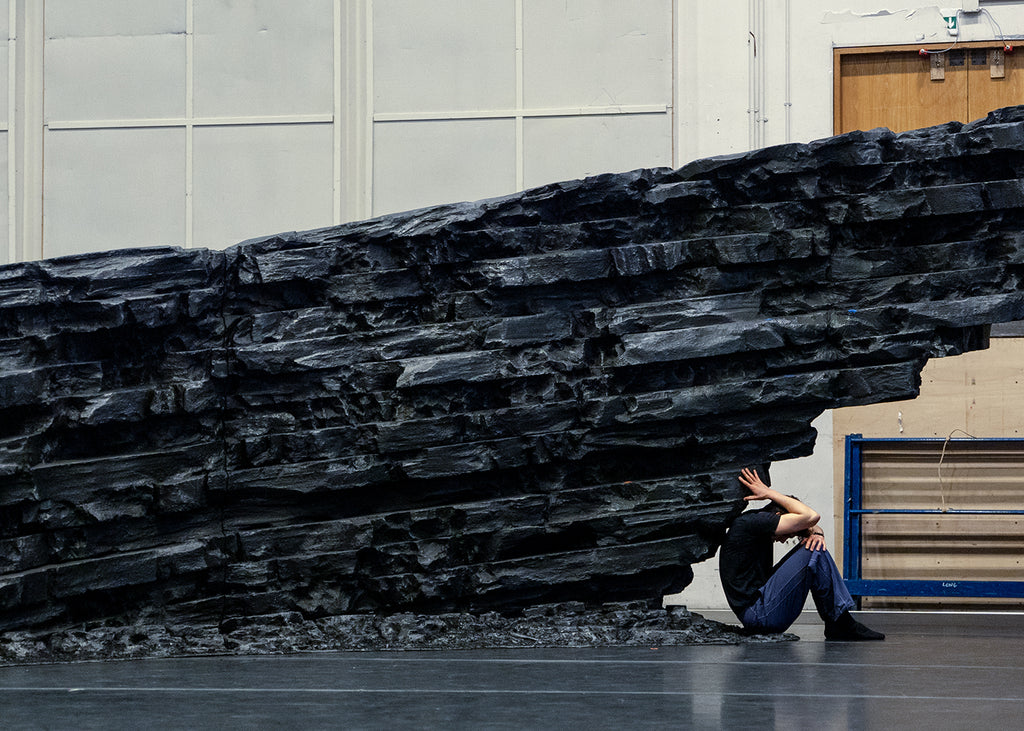In Contrasting Light
The “Contrastes” evening is one of the Paris Opéra Ballet’s increasingly frequent ventures into non-classical choreographic territory.
Continua a leggere
World-class review of ballet and dance.
I joined choreographer and artistic director Cathy Marston over a video call at the end of another day of rehearsals. She’s been tasked with creating a world premiere for the Royal Ballet’s upcoming triple bill. Set to Benjamin Britten’s Violin Concerto, the work marks a return for Marston to Covent Garden following her award-winning biographical portrait of Jacqueline Du Pré ,“The Cellist.”



“Uncommonly intelligent, substantial coverage.”
Your weekly source for world-class dance reviews, interviews, articles, and more.
Already a paid subscriber? Login

The “Contrastes” evening is one of the Paris Opéra Ballet’s increasingly frequent ventures into non-classical choreographic territory.
Continua a leggereI’m in the audience of the Pit to watch Kaori Ito’s solo performance, “Robot, l'amour éternel.” It’s in the blackbox performing space at the New National Theatre Tokyo, intimate and close. The stage is an open, raised platform, gauzy white fabric covering the floor.
Continua a leggereArchitects often use scale, along with other design principles such as light, rhythm, and form, to subtly guide a person's eye and body through a space—to take the gaze at street level to the highest point of a building, or to the horizon and beyond.
Continua a leggereAn enchanted forest, a love gone wrong, and a swarm of women in long white tutus—when a formula works, it really works. Such is the case of “La Sylphide,” the nearly 200-year-old Romantic ballet which first premiered in 1832.
Continua a leggere
comments